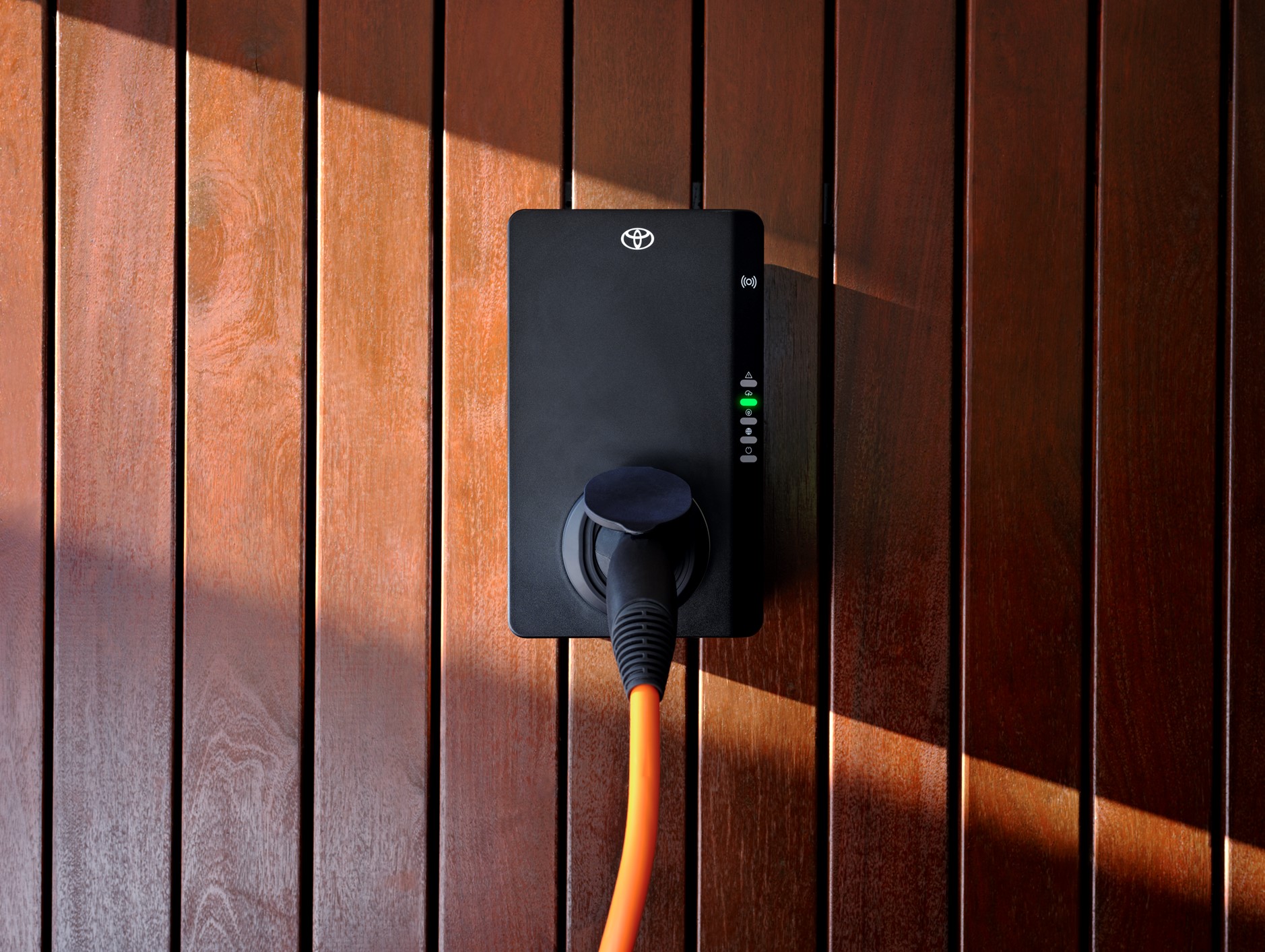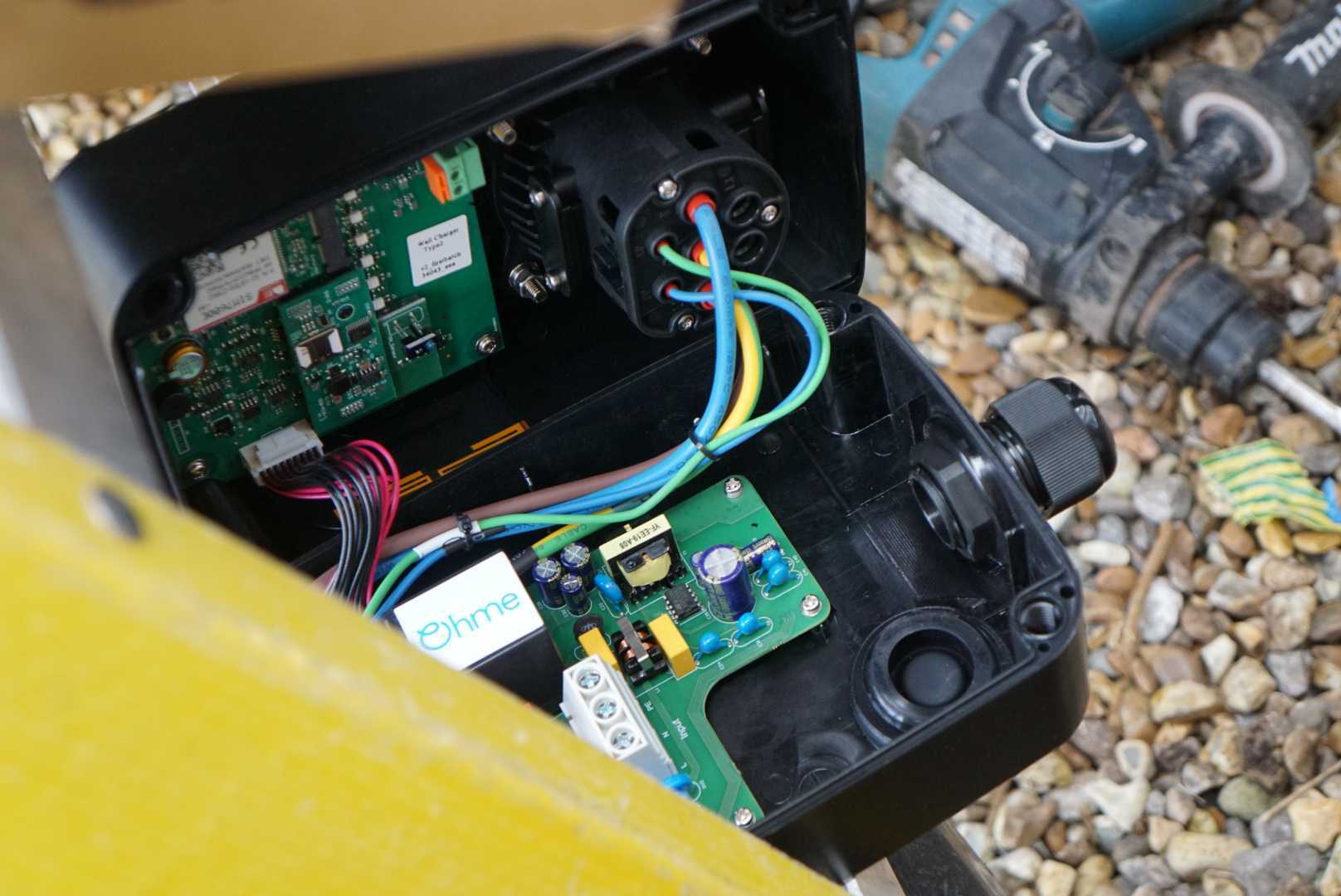What do I need to know about getting a home EV charger installed?
A home charger makes the EV experience far easier – but how easy is it to get one fitted?
Having the ability to charge at home is transformative to the electric vehicle experience. Not only does it mean you’ve always got somewhere reliable to top up, but it also allows you to access cheaper rates of electricity, which can make running an EV much cheaper.
But how do you go about getting a home charger installed and are there any other things you need to bear in mind before you start the process? We’ve got all of the tips and tricks to bear in mind.
Where can I get a charger installed?

However, there are some workarounds if you don’t have a driveway. If you’re in a terraced property, for instance, there are gullies which can be laid into the pavement which allow a cable to be run out to the car without causing a trip hazard. For this, you’ll likely need to speak to the local council to find out how to get this installed.
If you’re in a flat, then your options are more limited. However, there are incentives for flat owners to help with the cost of installation.
All of this also depends on whether you own your home or not. If you’re renting, then you can still get a charger installed, but you’ll need to speak to your landlord before starting any installation to ensure that they’re happy to proceed.
What type of charger do I need?

There is also the option to upgrade to a quicker charger, which can deliver up to 22kW of power, fully charging an EV in around five hours. However, in order to have one of these, you’ll need a three-phase power supply and since this isn’t the standard fit in most UK homes, you’ll need to upgrade your home energy supply, bringing additional cost in the process. It depends if you really want or need that quicker rate of charge.
Then there are the two types of charger – tethered and untethered. With the first, you’ve got a charging cable permanently attached to the main ‘box’. The plus point with this type of charger is that you don’t need to worry about connecting your charging cable to the box each and every time and also means that you don’t need to get a cable out from the car’s boot or wherever else you’re storing it. However, these units tend to be a little bulkier since that attached cable is stowed away in a large ‘reel’ – think of it a little like a traditional hosepipe reel and it’s on a similar line.

Then there’s untethered. With this unit, you take the cable with you, so you’ll tend to connect it and disconnect it from the box each time you charge. These chargers tend to be smaller, so they’re great if you don’t want to take up too much space on the side of your home. The downside is, of course, that you’ll need to bring a cable with you each time.
The good news is that there are many charger suppliers in the UK, so there should be one which fits for your requirements.
Installation

An engineer will likely visit your home before they start the work to check out the property in person, too. Chargers require an armoured and upgraded cable, so this will need to be installed and run from your consumer unit through to the outside area where the charger will be located. This may mean drilling through walls or running cabling underneath floorboards, but the engineer will be able to guide you on what they’re planning to do and how it might impact your house.
Once all of this pre-installation work has been completed, they’ll be able to fit the charger. Most chargers come via post separately so that they’re there for the start of the work. Timings-wise, installations should take around four hours, though it could be longer or shorter depending on the complexity of your property and if any issues arise. The engineer will likely have to shut off your home’s electricity for a short period, too, so bear this in mind. Plus, if your charger has ‘smart’ capabilities, which allow it to connect to the internet, they’ll test this and it could mean connecting it to your home router.
Picking an energy provider

Again, like the charger itself, there are plenty of energy suppliers with EV-focused tariffs to check out. Compare them to see which one works best for you.
How much does it cost?
If you’re looking to purchase an electric vehicle, then it might be worth looking at whether the manufacturer selling the car is running any kind of charger offer. Some companies, for instance, offer a free charger and installation with the purchase of a new car and this can help reduce your costs overall.
However, if you’re doing it separately or can’t find a deal, then you should budget between £500 and £1,000 for the installation and charger. However, most charger providers pull together the cost of the unit and the installation, which makes it much clearer to work out. Ohme, for example, offers its standard ePod charger for £949, including the cost of installation. However, there may be some additional costs if your installation requires some extra cabling or if there are any other complications with the process.





